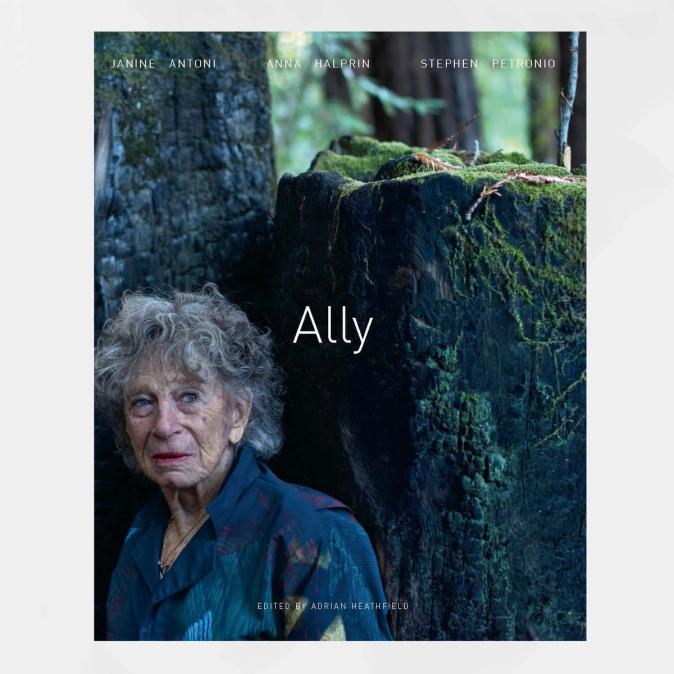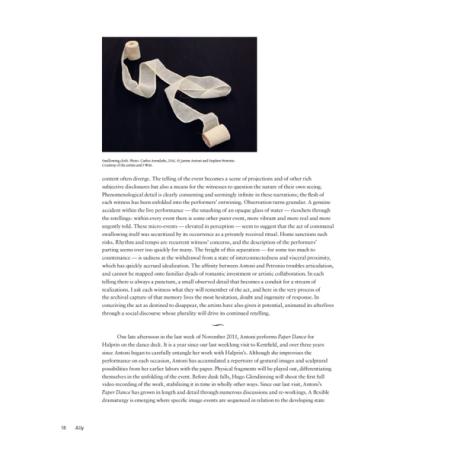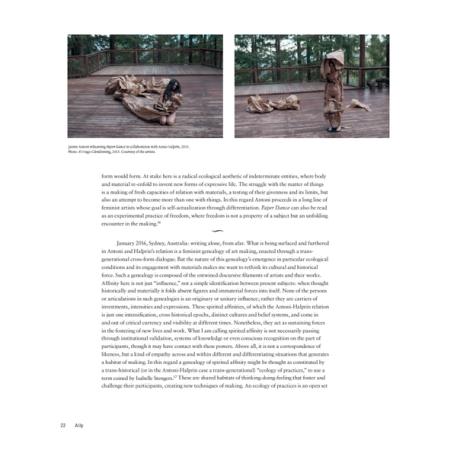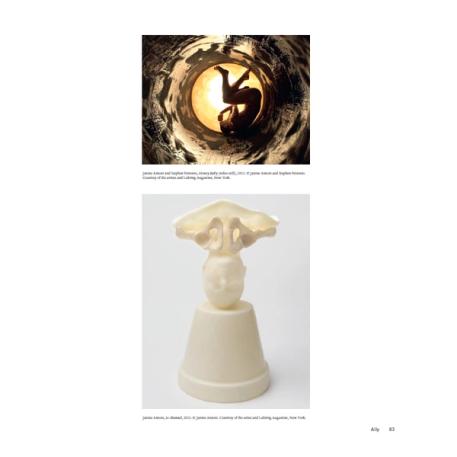Hirmer Publishers and The Fabric Workshop and Museum
Ally: Janine Antoni, Anna Halprin, Stephen Petronio
1
Description
Reflecting on The Fabric Workshop and Museum’s 2016 performance and installation-based exhibition, Ally, this richly illustrated volume captures the series of remarkable collaborative artworks instigated by visual artist Janine Antoni, in collaboration with FWM; dance-maker and community activist Anna Halprin; and choreographer Stephen Petronio. The caliber of Ally‘s creative, documentary and critical contributors, together with the intensely focused nature of the photographic content comprise this powerful extended visual essay.
Hardcover, 224 pages / color
Editor: Adrian Heathfield
Designer: David Caines
Contributors: Jacquelynn Baas, Carol Becker, Helene Cixous, Adrian Heathfield, Richard Move, and foreword by Susan Lubowsky Talbott.
ISBN 978-3-7774-2952-6
About The Exhibition

Ally
April 21, 2016–July 31, 2016
Ally is a series of works combining sculpture, installation, film, and performance among Janine Antoni, Anna Halprin, and Stephen Petronio. The trio investigates the translation of ideas across forms and the vast potential that lies in their relations. The book, Ally, is a culmination of the project and is a collaborative process that is seen by the artists as one of the many works emerging from their artistic engagement.




